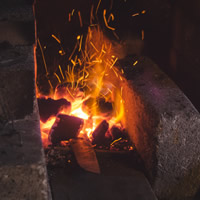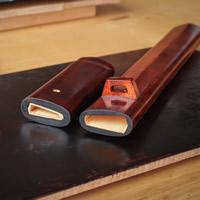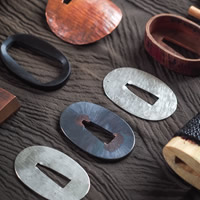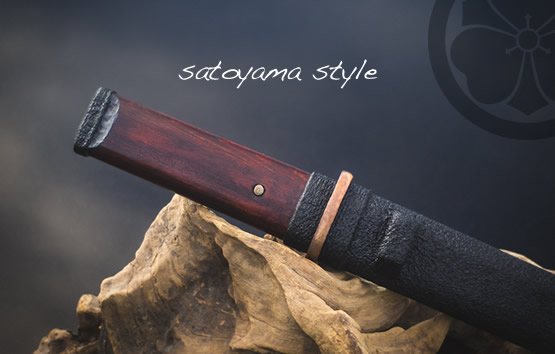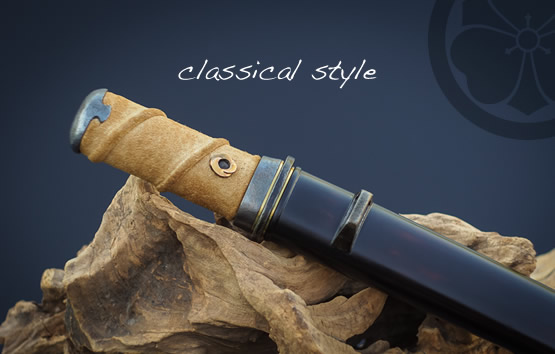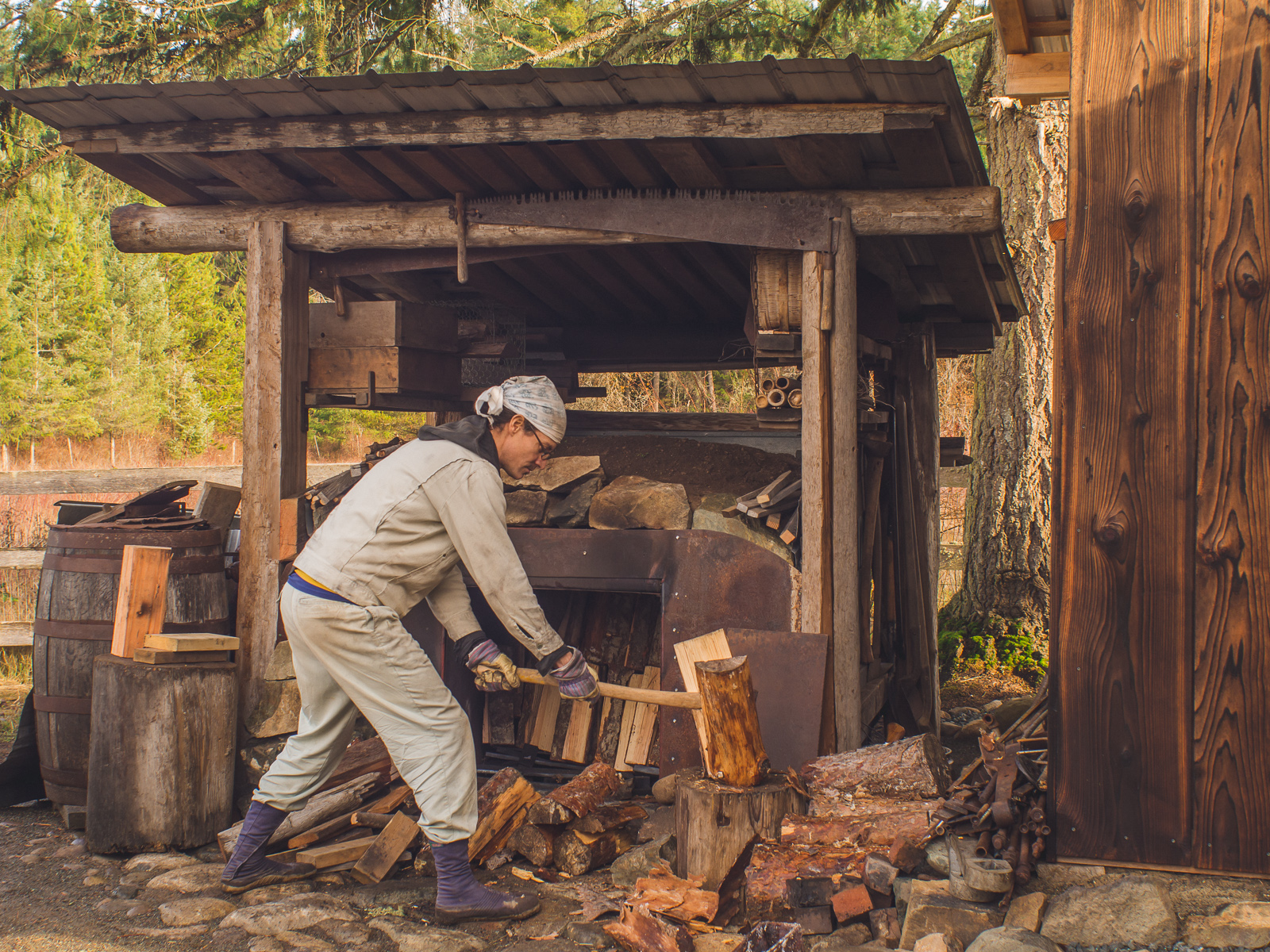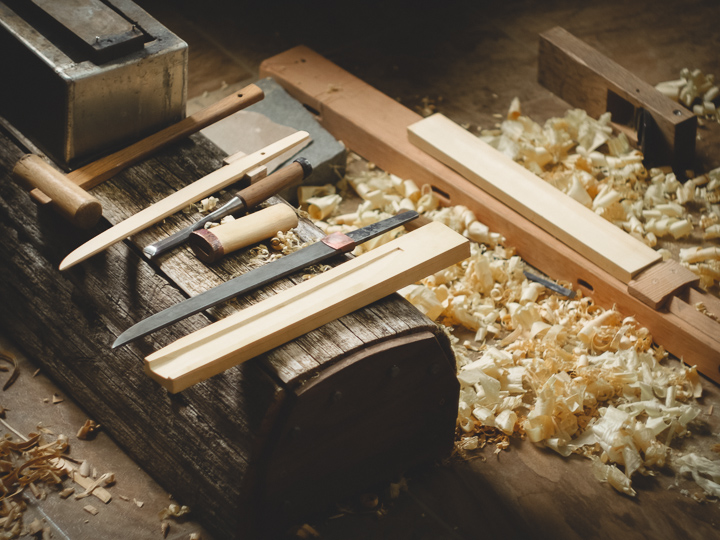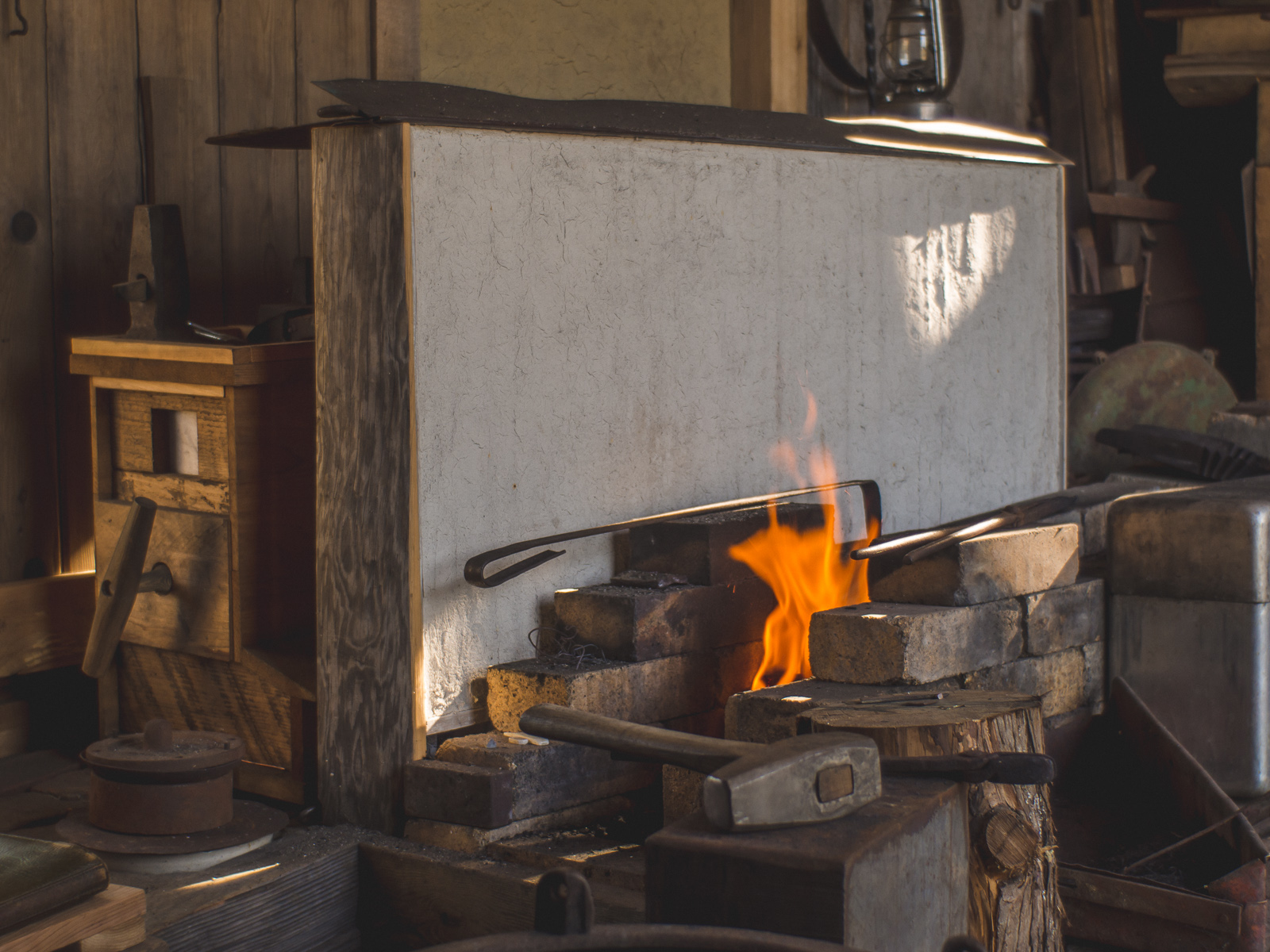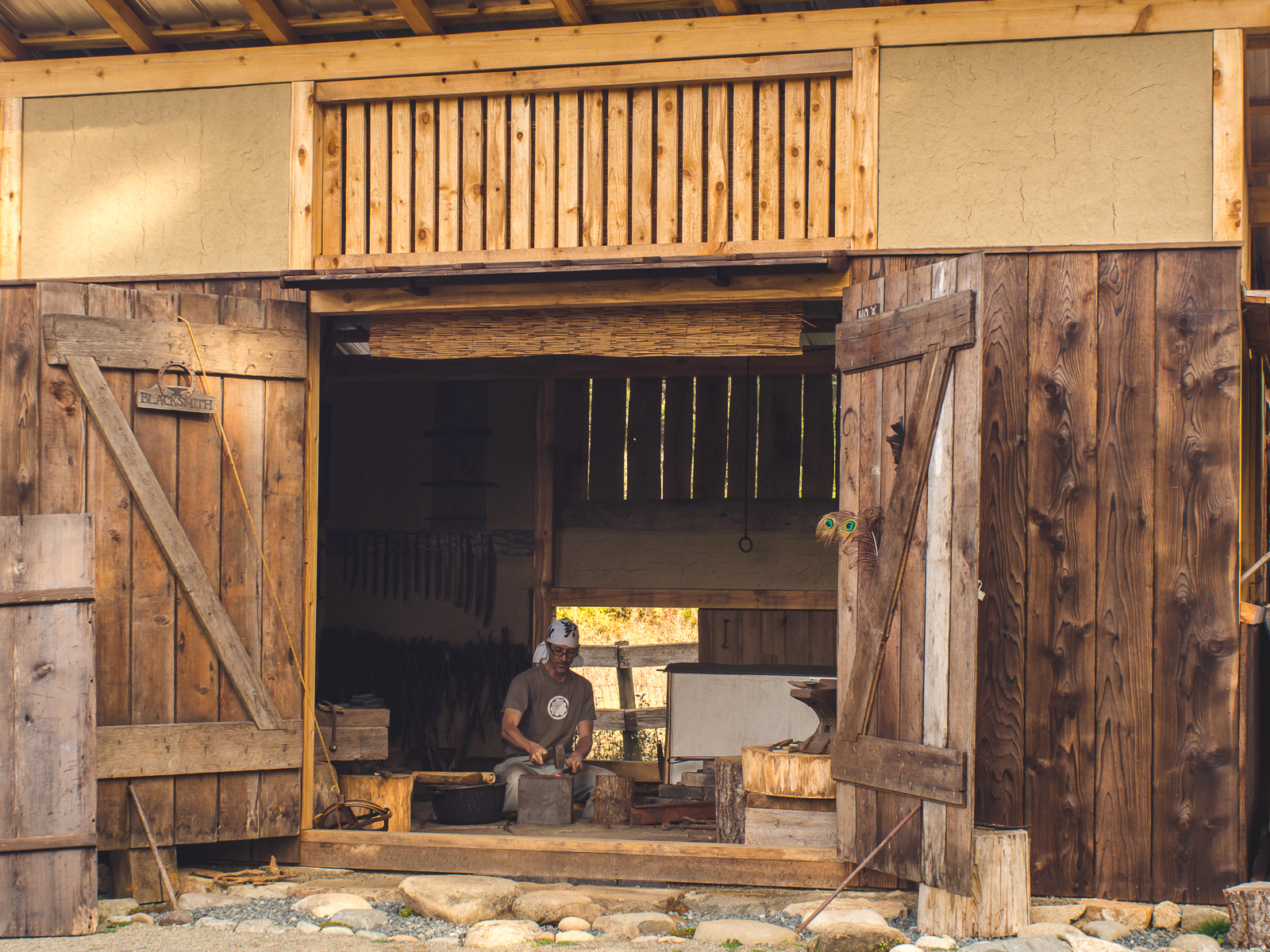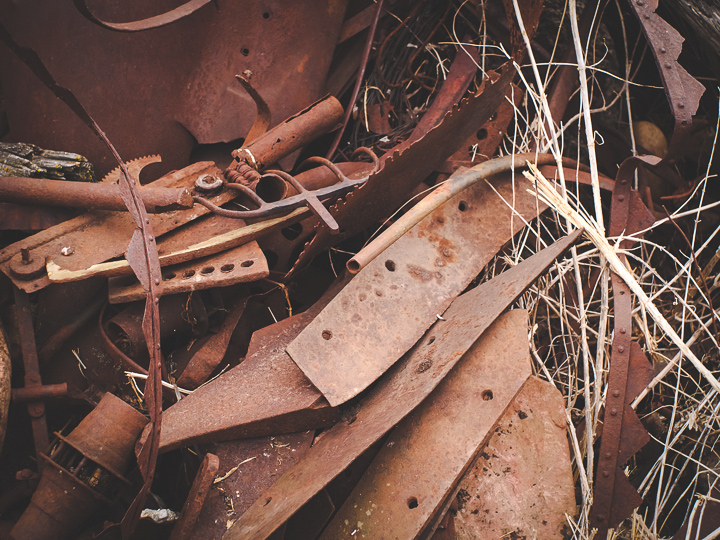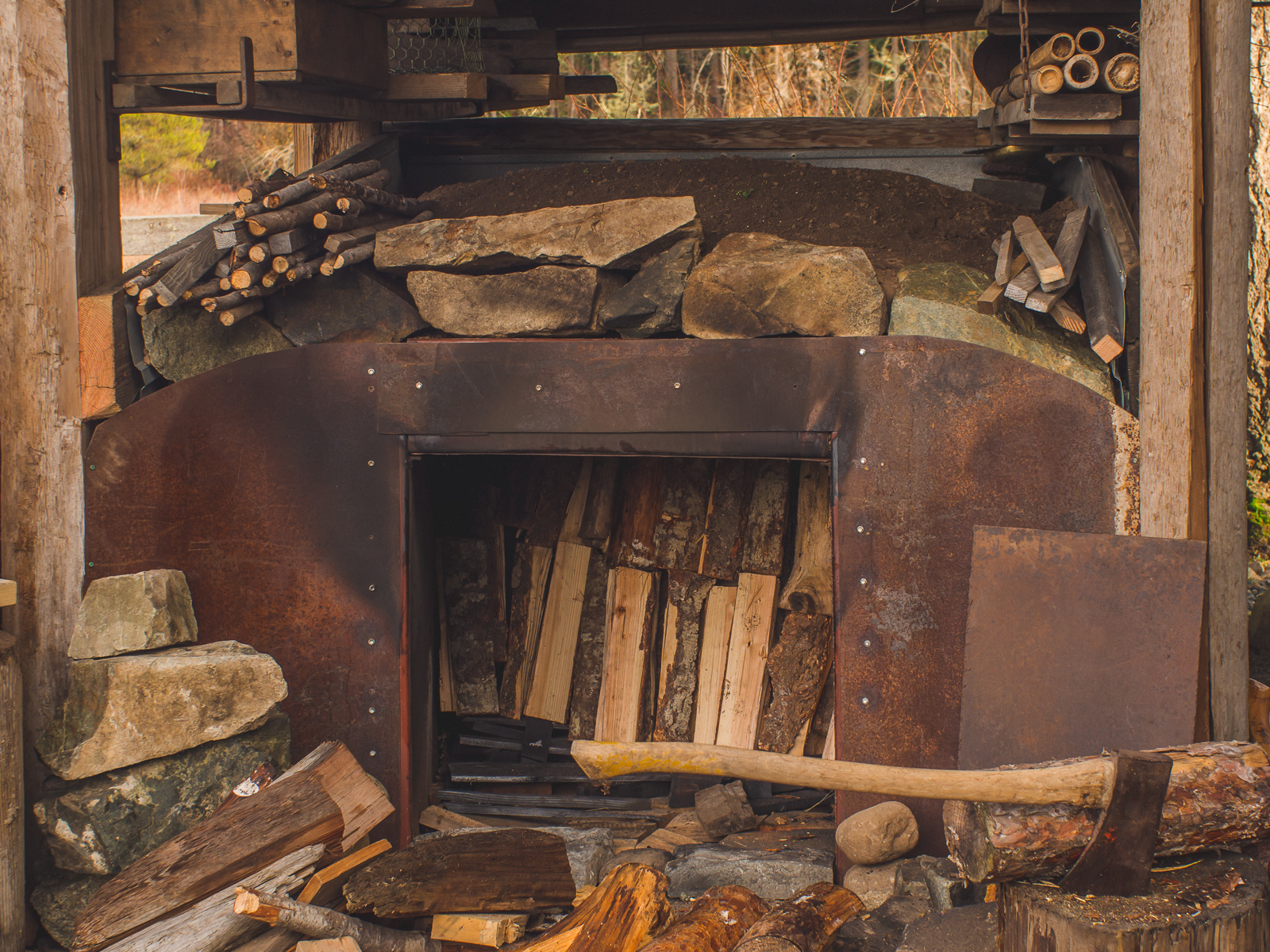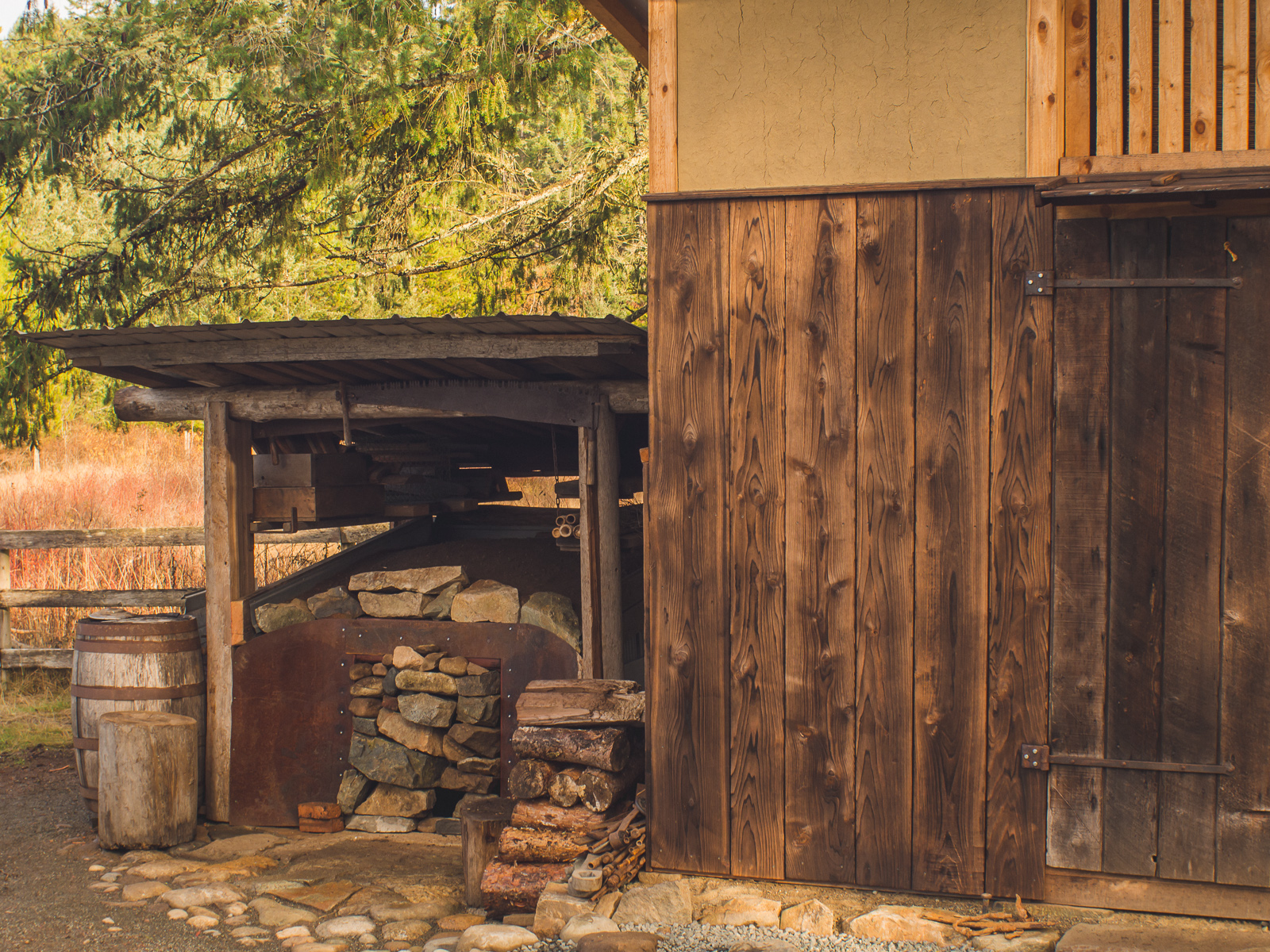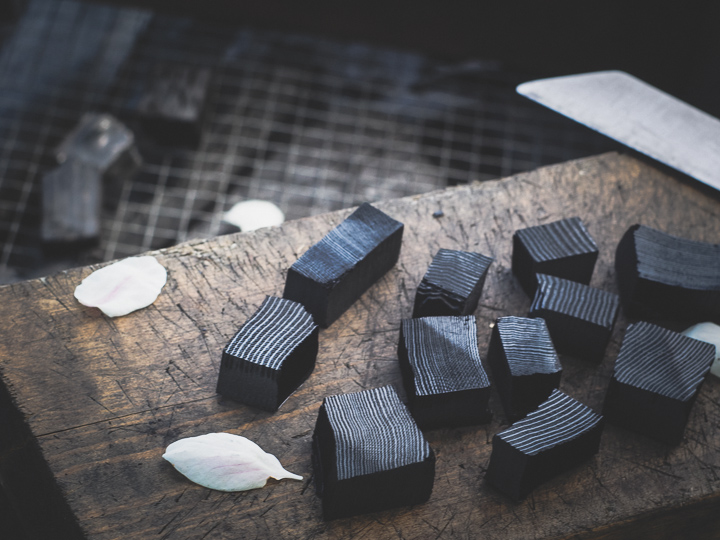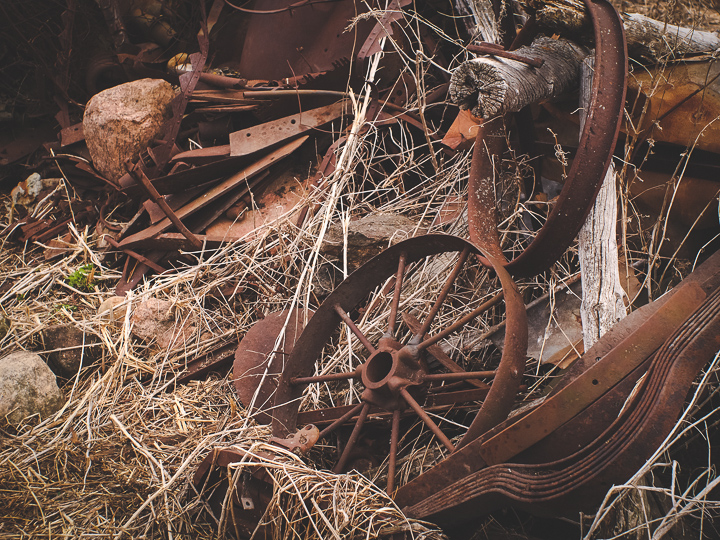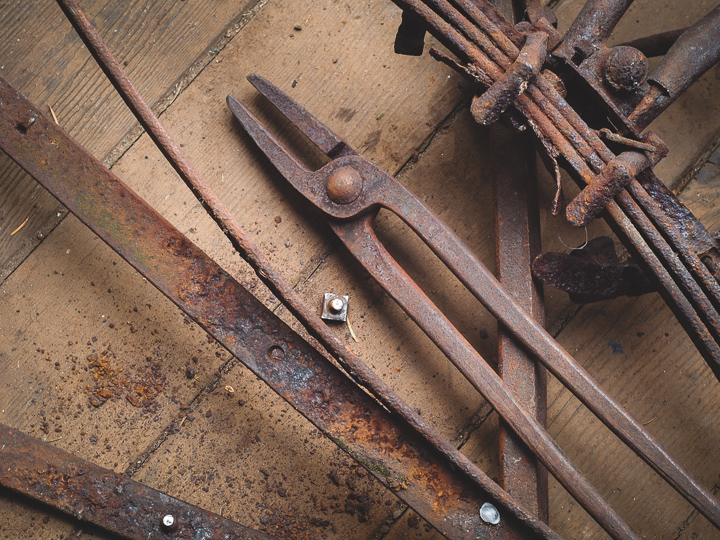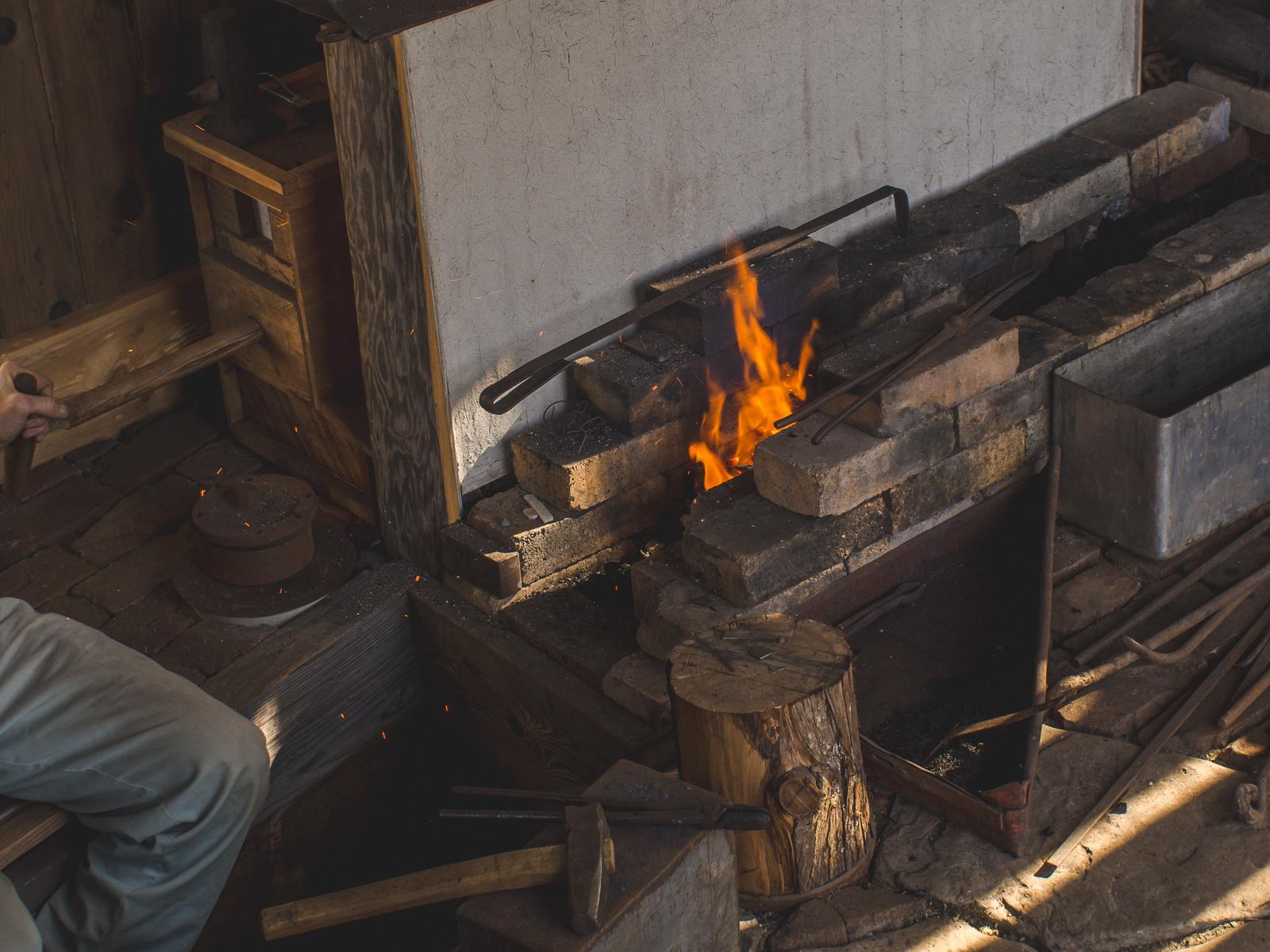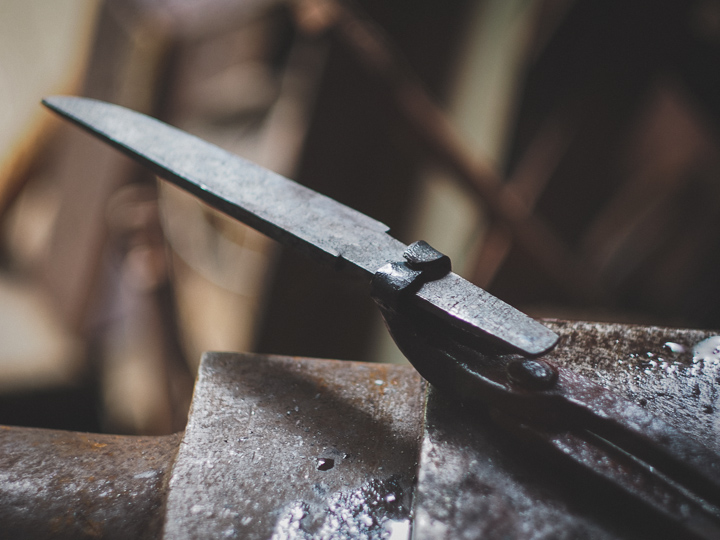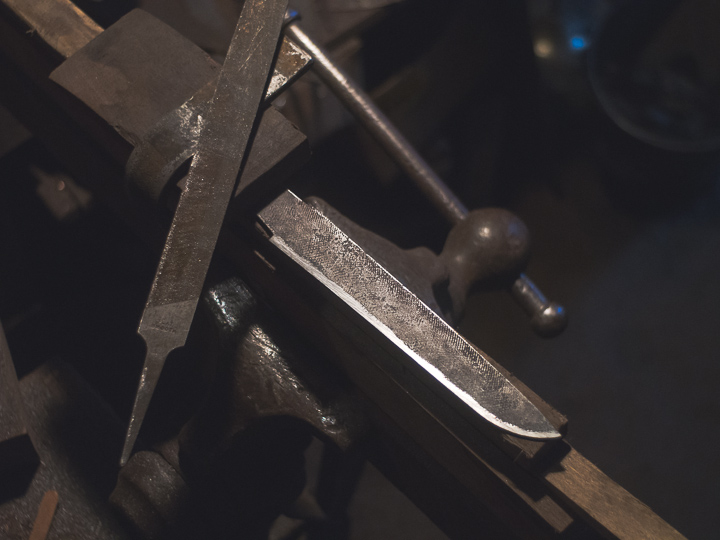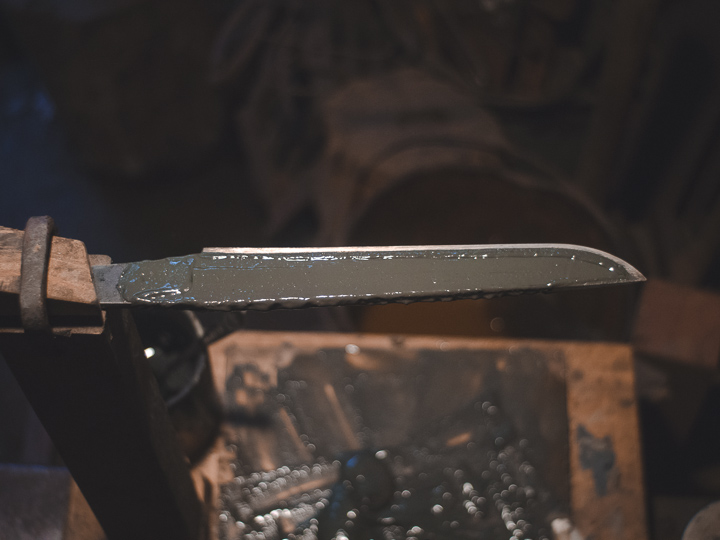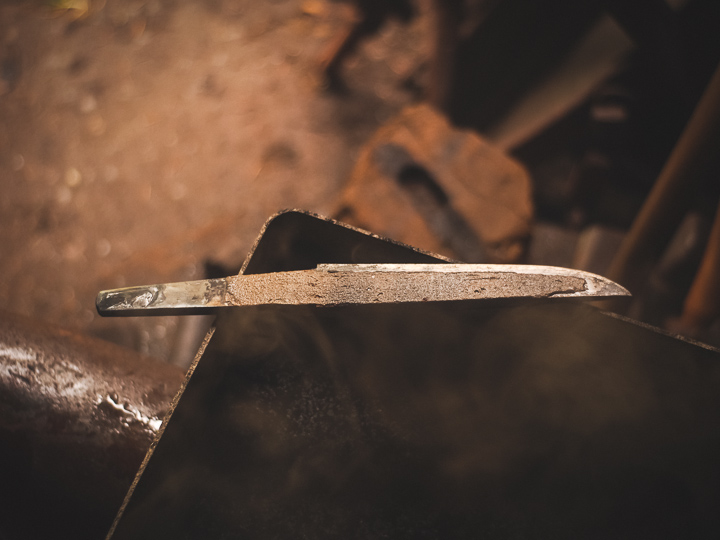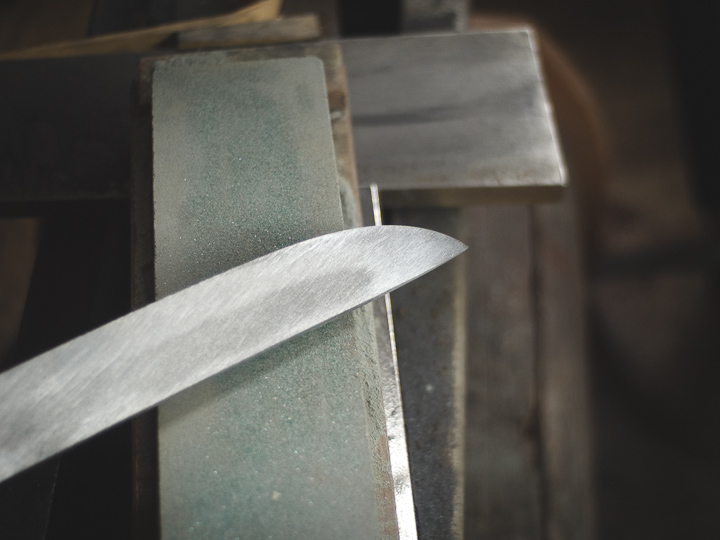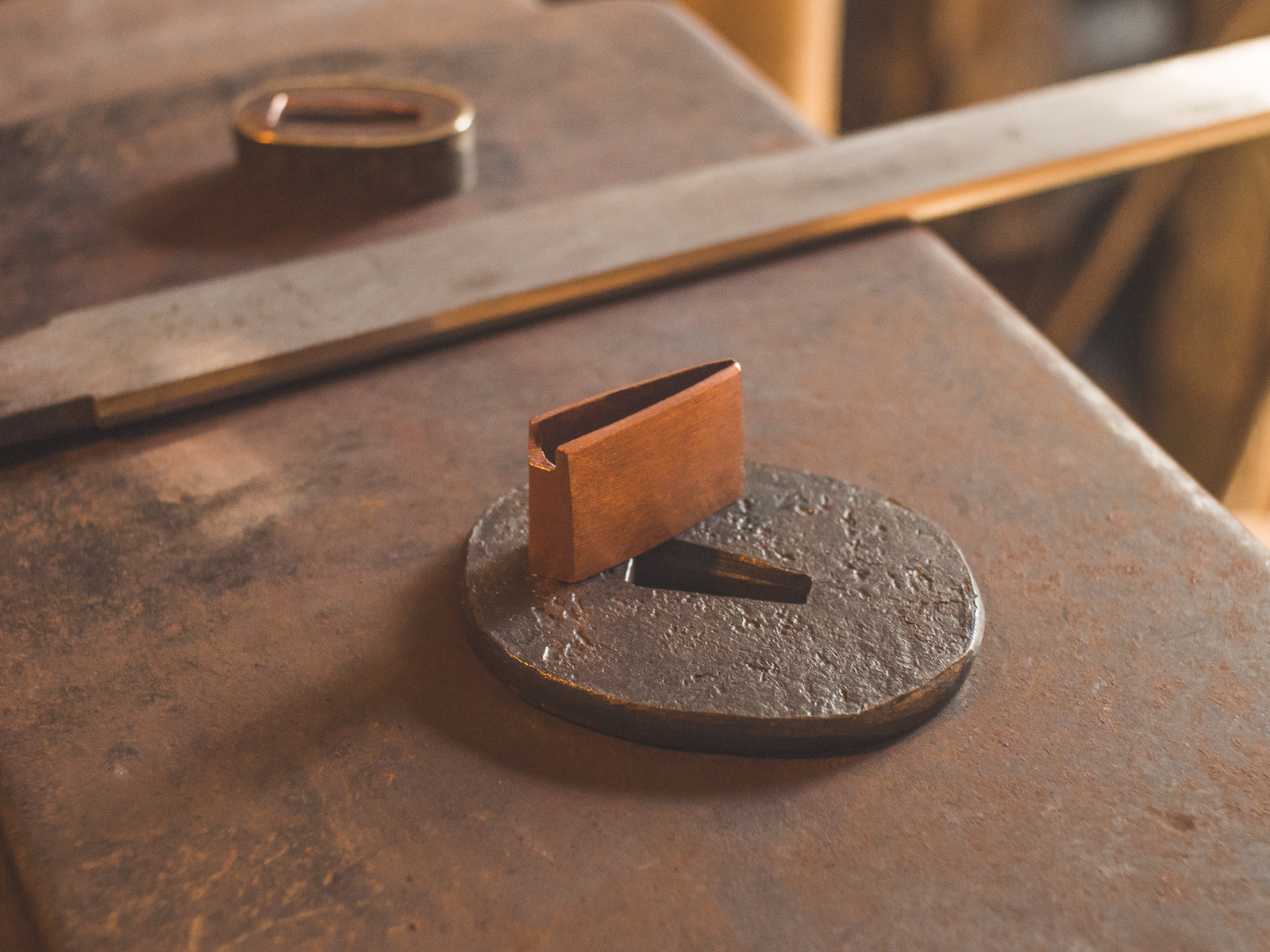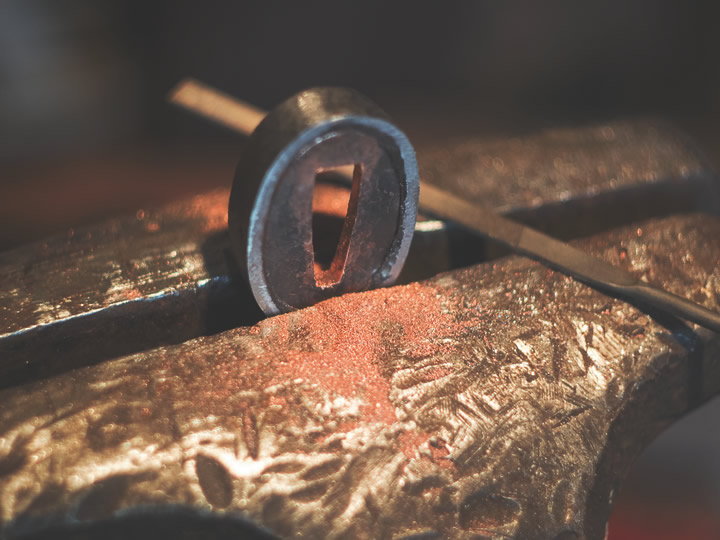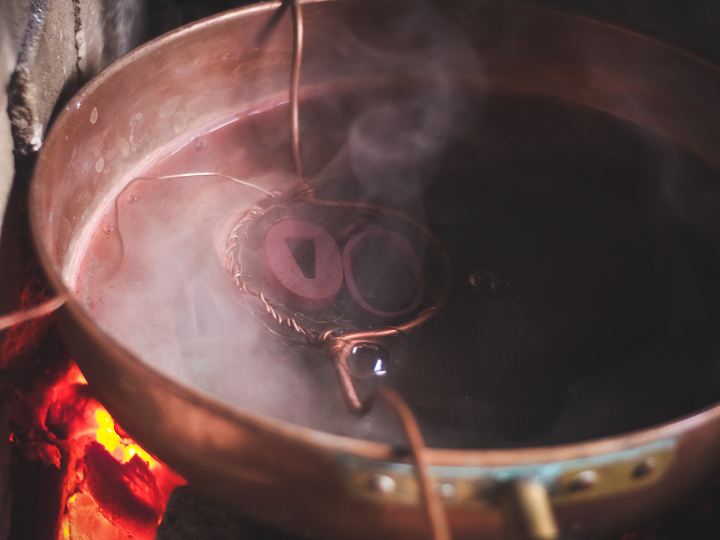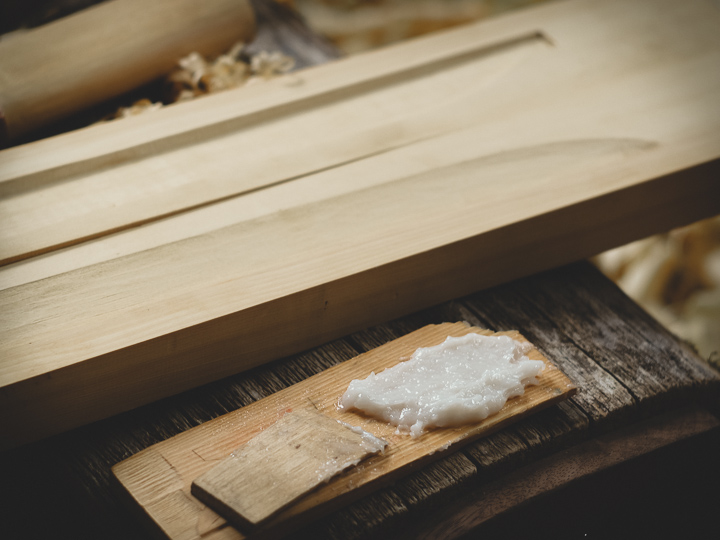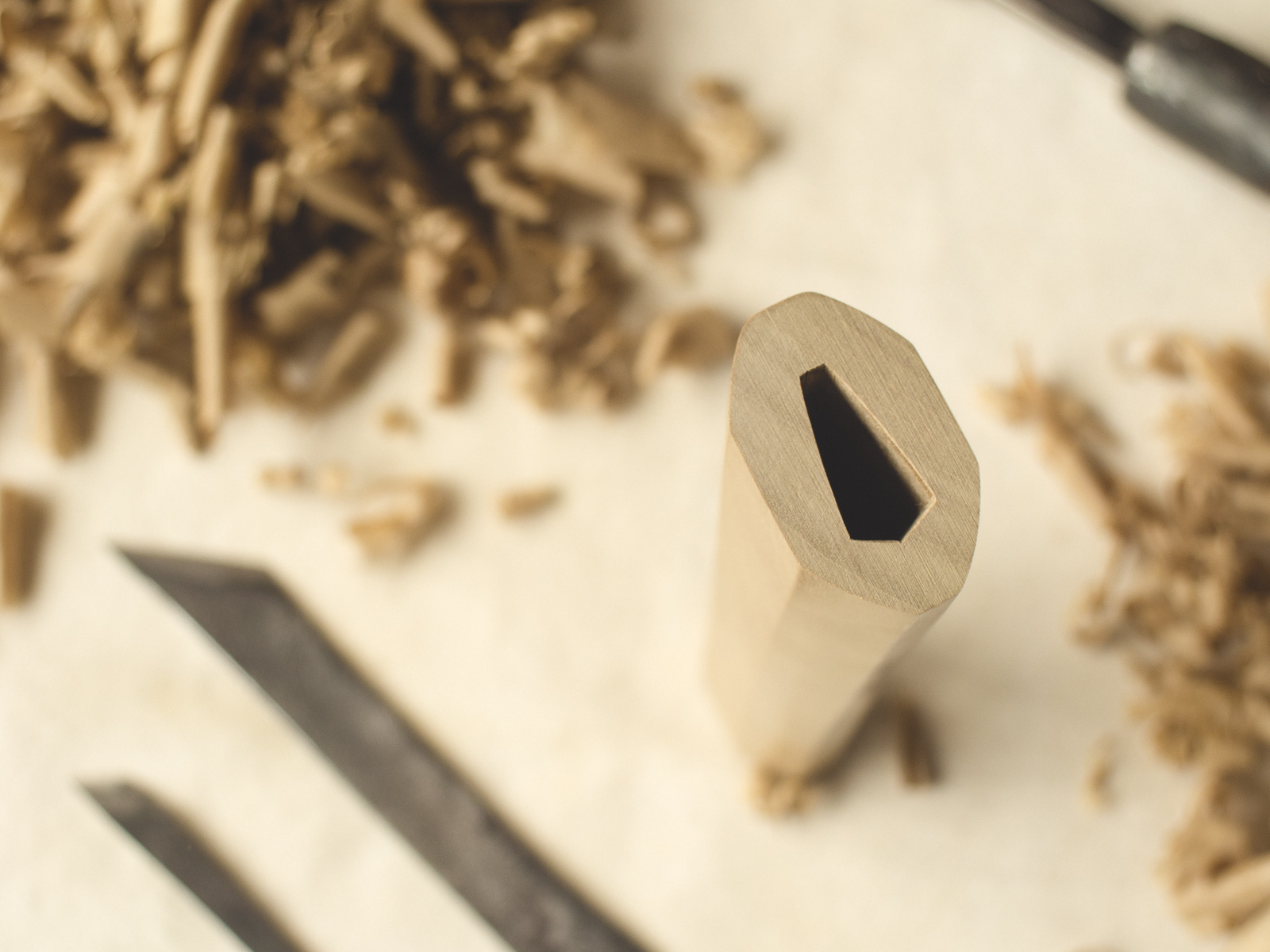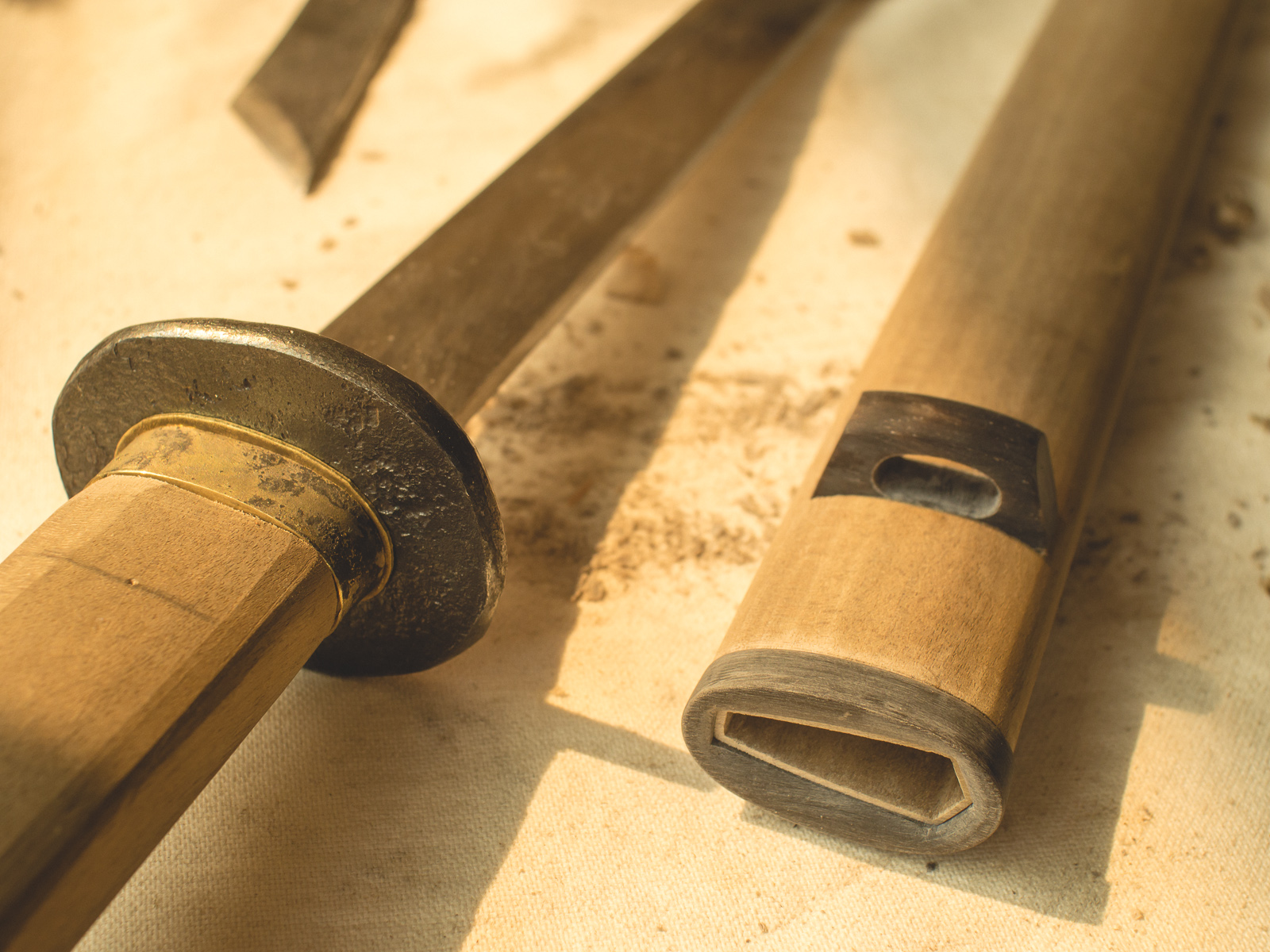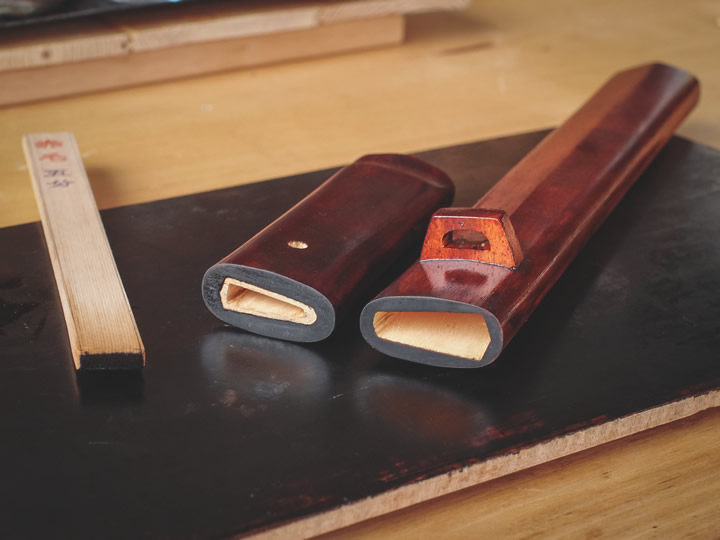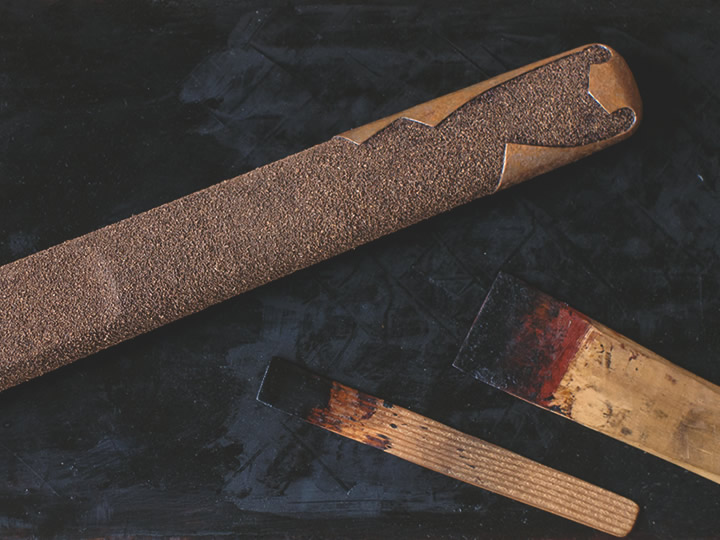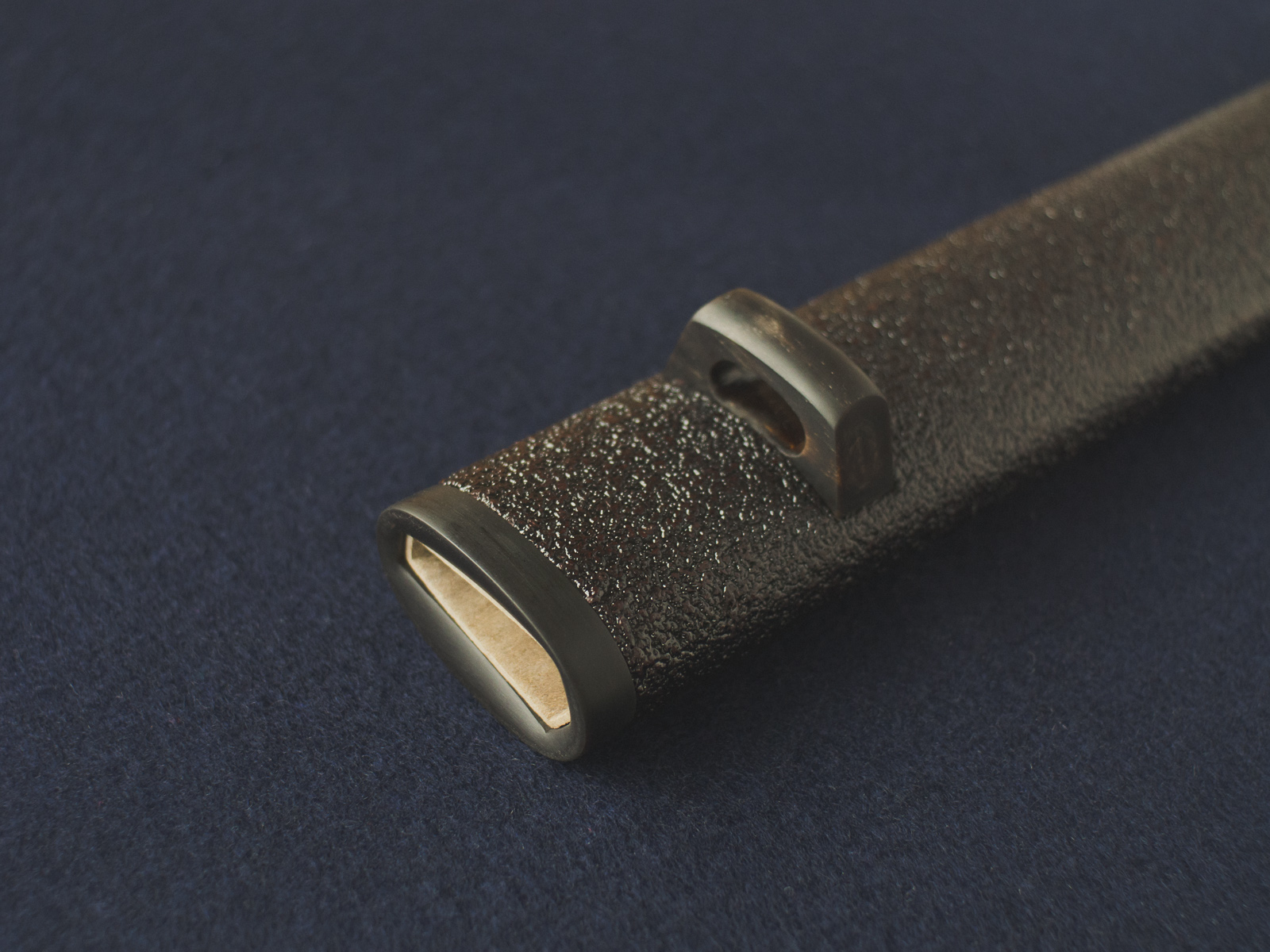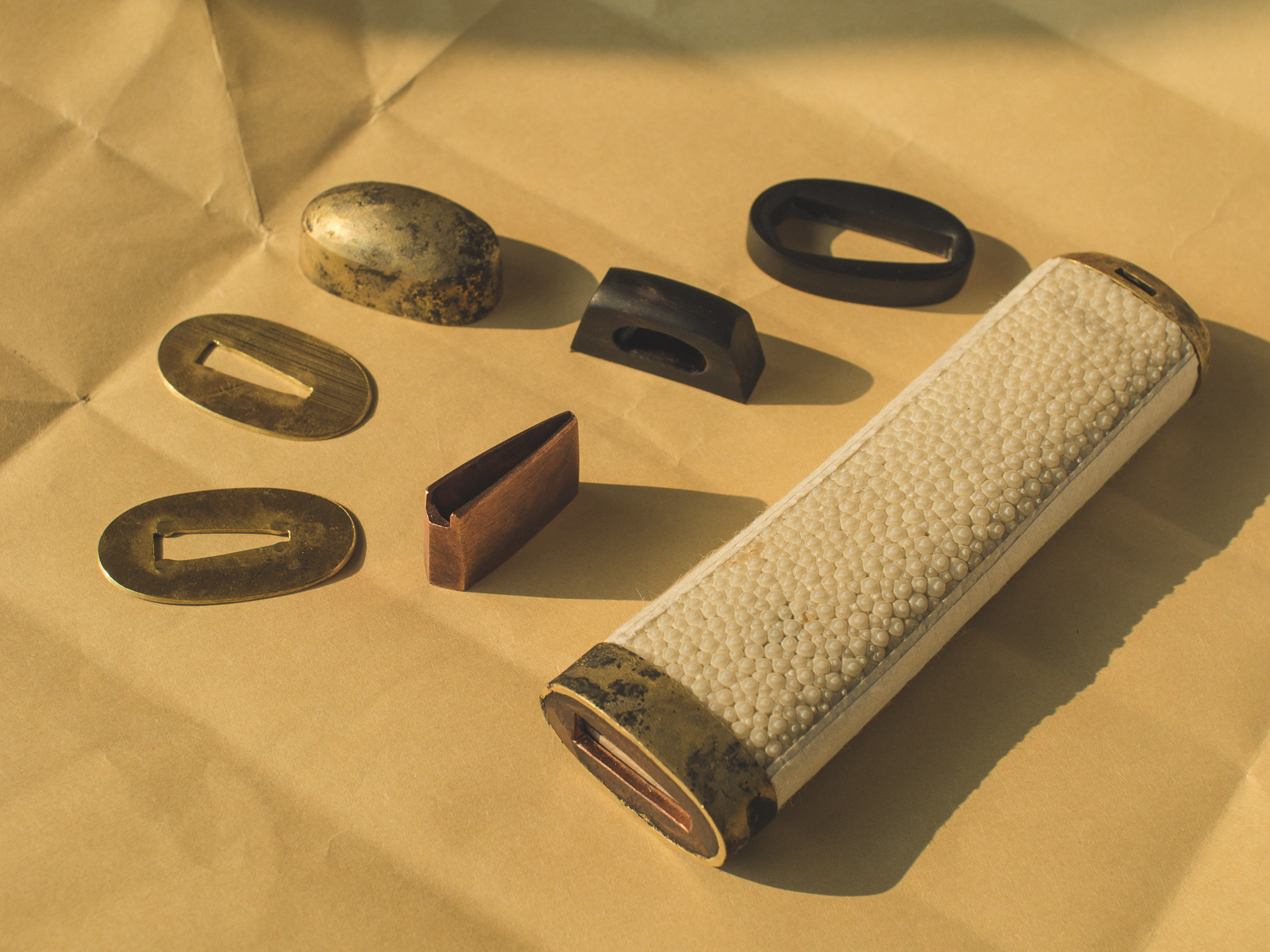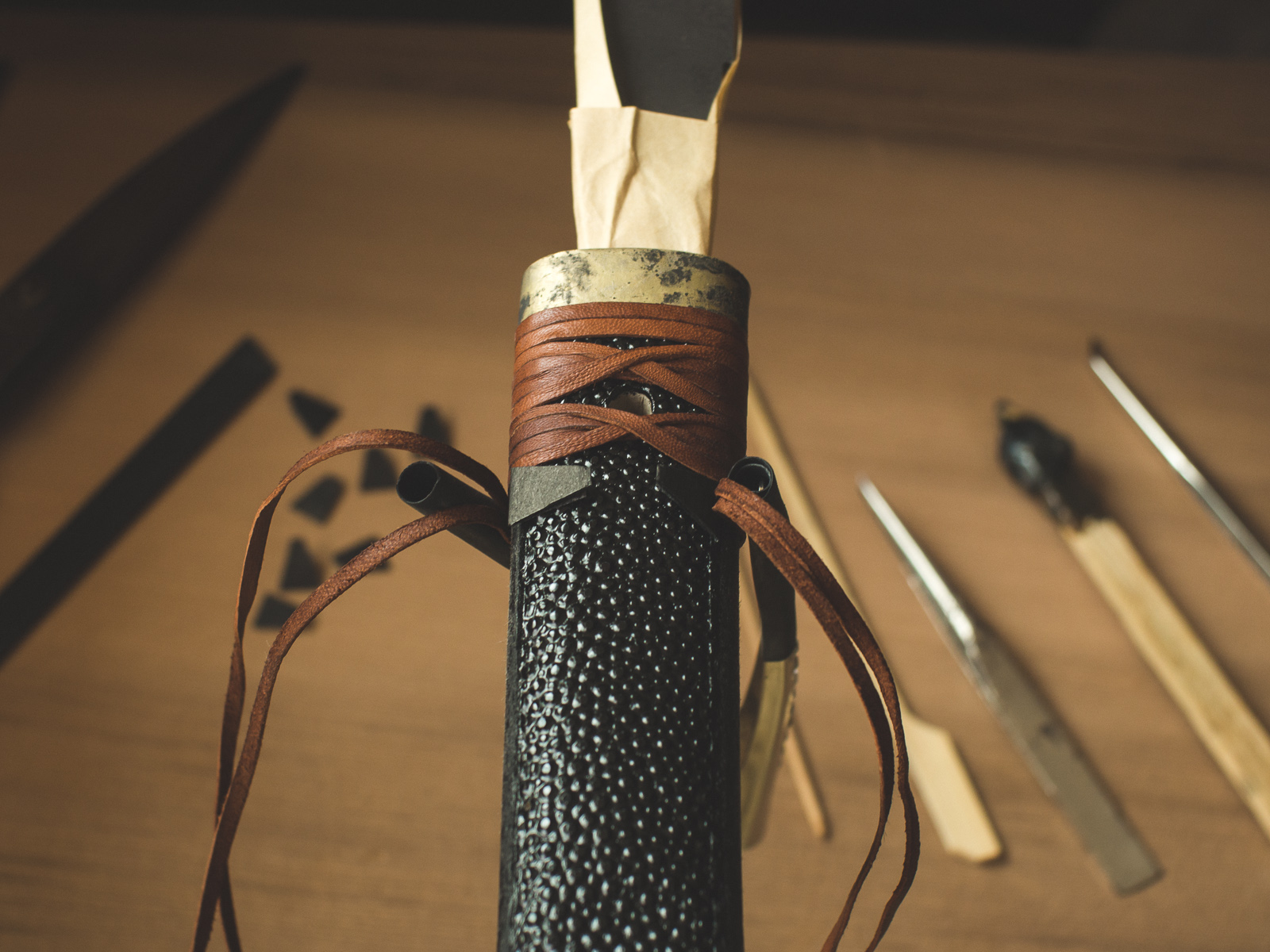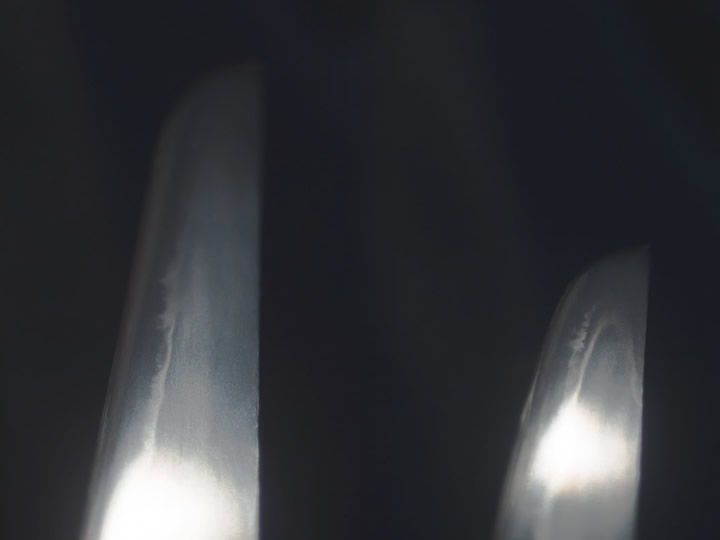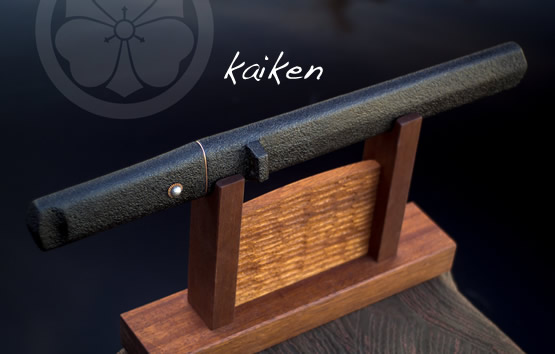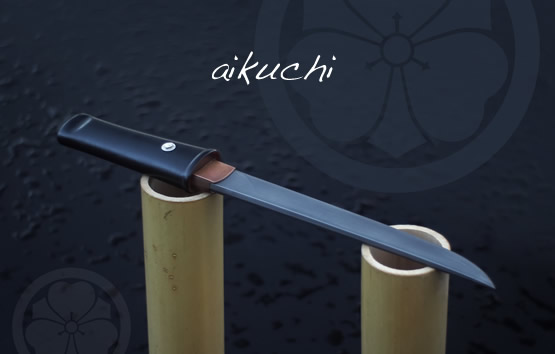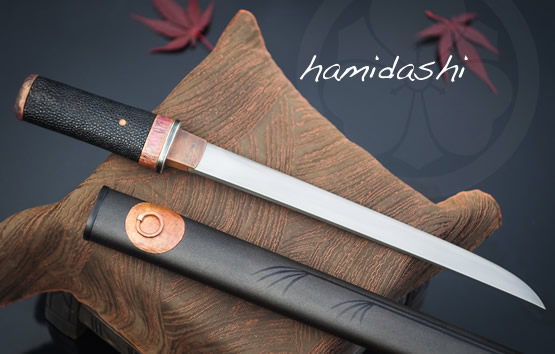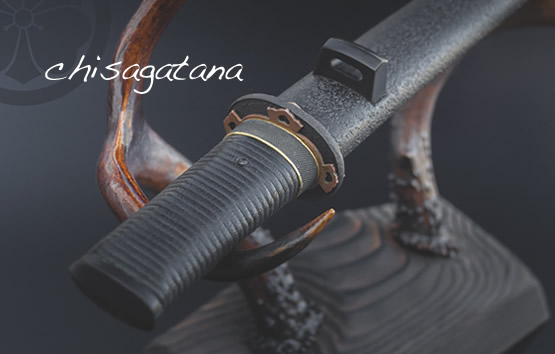Are these tanto custom made to order?
Yes! When your payment is received the project will begin, each tanto is made to order, one at a time, by hand from reclaimed and natural materials.
Are they really made by hand?
In every sense of the word. There is no waterjetting, no belt grinder or buffing wheel, no power hammer, and no fossil fuels involved. From the time the steel is first placed in the fire to the final assembly, they are crafted with human hands and centuries-old techniques.
How long will it take to complete my tanto?
Projects will be started in the order they arrive and completion time is generally about three months, but it can vary quite a bit. If you have a specific time goal you would like to aim for, please plan ahead accordingly and include your request as an order note.
Why does it take so long to handcraft my tanto?
Actual hand working time is usually between 100 and 150 hours for a full mounting but there needs to be cooling/drying/curing time between each stage. By far the lacquer takes the most wait time and different types of urushi finishes and even the season of year will greatly affect the rate of curing.
Can I take my tanto apart?
All of the components (blade, guard, fittings, and handle) are fit snugly and held together by the mekugi peg, removing the peg allows the tanto to be taken apart for sharpening and cleaning. Reassembly should be done with utmost attention to the position of each piece, even the mekugi peg needs to be rotated to the correct position before insertion.
More importantly, can I put it back together again?
The mekugi peg is designed to fit in only one position, check for the unbroken lines on the bamboo or the three lines filed in the hardwood peg and turn them towards the pommel (back of the handle). Make sure that the blade, guard, and other fittings are fully seated in their original positions before pressing the mekugi in place.
How accurate are the measurements given for each tanto?
Due to the handmade and unique nature of the tanto they are each different and may vary noticeably in measurement or style. Rarely are blades much shorter but if the steel is there they may go longer. If you have a specific measurement requirement (eg. a legal limit), please include your request as an order note.
Can I get more specific about certain finish and colour requests?
Want to select the option, “get creative” but don’t want any red, for example? If you have a specific idea, please include your request as an order note.
Can I send you my own legacy raw materials?
Want to use an old file from grandpa’s toolbox as your blade material? Have grandma’s silver spoon forged into a guard or seppa? This type of request is often possible, please include your request as an order note.
What about extra upgrades not listed in the options?
In certain cases it may be possible to upgrade to include options that are not listed above. If would like upgrade pricing information (eg. a raw material or component not listed), please include your request as an order note.
Is there some care and maintenance information available?
In a nutshell: keep them clean and dry. More detailed information can be found here: Knife Use & Care
How do the “Tools for Satoyama” tanto differ from the classical tanto?
The core quality and process is the same for both, but three main differences that contribute to the 100-150 hours labour for a classical tanto are the size (larger blades take more time and resources), the number of components and fittings (fully mounted tanto can have 12 or more parts), and the finish of each part (polishing the blade and fittings, complex urushi finishes and handle wrappings).
Are there more detailed terms and conditions for ordering?
More details and the standard terms for ordering tanto can be found here: Terms & Conditions
Get in Touch
Want to order a smaller satoyama style kotanto instead? Do it here. More questions? Please contact info@islandblacksmith.ca

